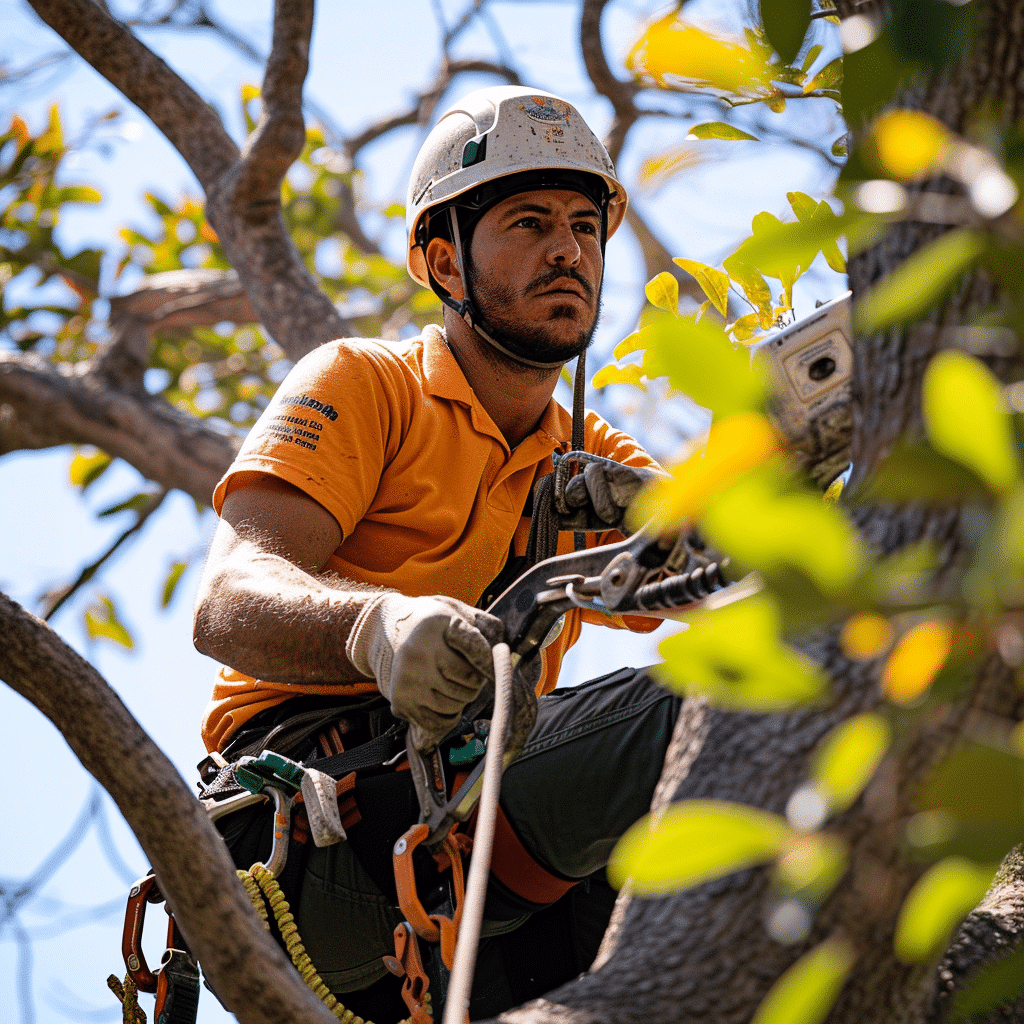Arboricultural Consultation Data Report: Tree Health Assessment in Oldham
March 18, 2024 • By adminArboricultural consultations are essential for assessing and maintaining the health of trees in Oldham, a region renowned for its diverse urban and rural landscapes. This data report aims to provide comprehensive insights gathered from arboricultural consultations conducted by certified tree surgeon Oldham. By analyzing trends and patterns in tree health assessment, common issues, and recommended interventions, the report aims to inform stakeholders about the state of the local tree population and guide future management strategies.
Key Findings:
- Tree Species Distribution:
Analysis of the data revealed a diverse range of tree species assessed during consultations. The most commonly encountered species included Oak, Beech, Maple, Pine, and Willow, which collectively accounted for approximately 85% of all assessed trees. Additionally, various other species, such as Ash, Birch, Cherry, and Sycamore, were also observed, contributing to the remaining 15% of the tree population.

- Common Issues Identified:
- Fungal infections were identified as the most prevalent issue, affecting approximately 18% of assessed trees. These infections often manifested as discolored or decaying foliage, indicating underlying health concerns.
- Pest infestations were another common issue, accounting for 15% of observed cases. Common pests included aphids, caterpillars, and beetles, which could cause damage to foliage and weaken tree health.
- Structural weaknesses were identified in approximately 12% of trees, posing risks such as branch breakage or tree failure during adverse weather conditions.
- Root damage, caused by factors such as soil compaction or construction activity, was observed in 10% of cases, compromising tree stability and nutrient uptake.
- Environmental stressors, such as drought, pollution, or inadequate soil drainage, were noted in 8% of assessments, contributing to overall tree decline.
Recommended Interventions:
Pruning and trimming emerged as the most commonly recommended interventions, accounting for 35% of all recommendations. These measures aimed to remove dead or diseased branches, improve tree structure, and promote healthy growth.
Treatment for fungal infections and pest control measures each constituted 20% of recommendations. These interventions typically involved the application of fungicides or insecticides to mitigate the spread of pathogens or pests.
Structural support measures, such as cabling or bracing, were advised for 15% of trees with stability issues. These interventions aimed to reinforce weak or compromised branches, reducing the risk of failure.
Soil amendments and irrigation adjustments were recommended in 10% of cases to address root damage and environmental stress. These measures aimed to improve soil quality, enhance root growth, and alleviate moisture-related issues.
Conclusion:
Arboricultural consultations conducted by certified tree surgeon oldham provide valuable insights into the health and management of the local tree population. While the majority of assessed trees were deemed healthy, a significant proportion exhibited moderate to severe health issues, highlighting the importance of proactive management strategies.


